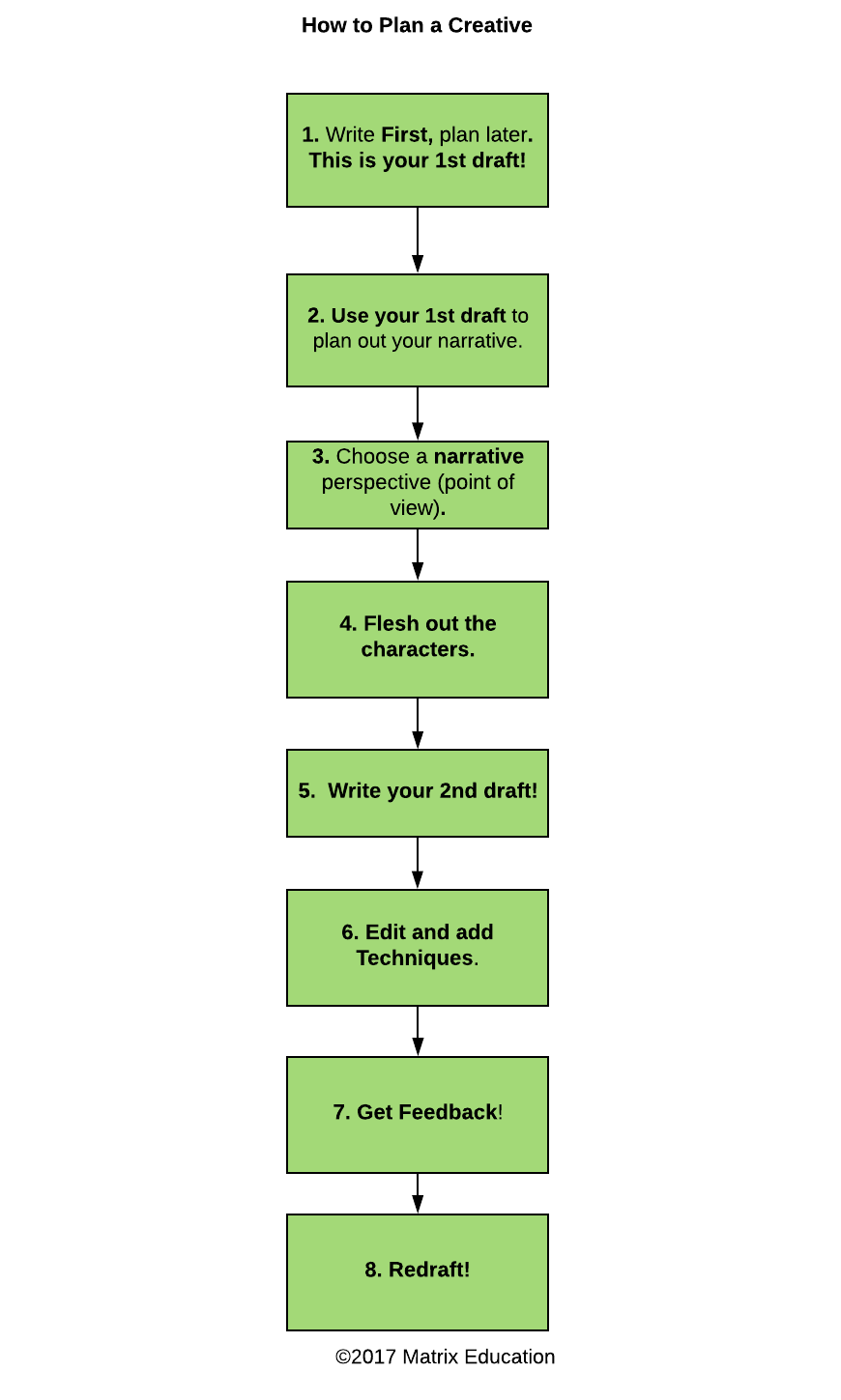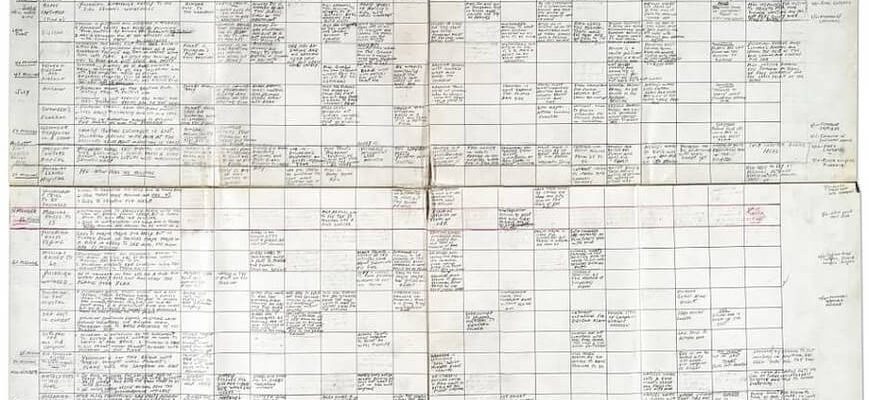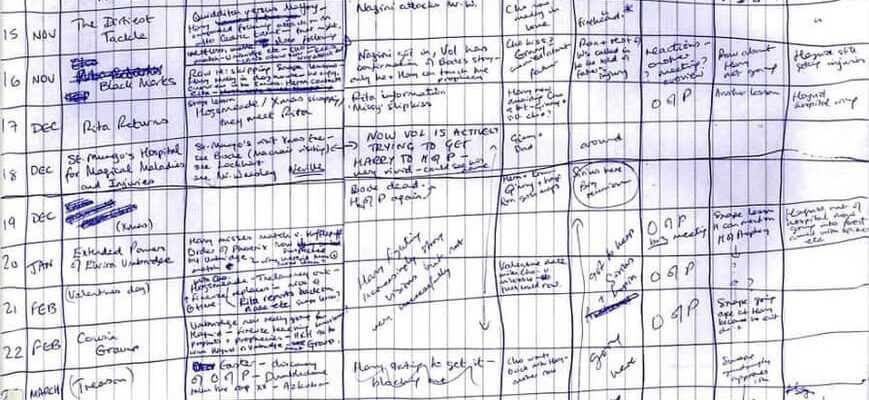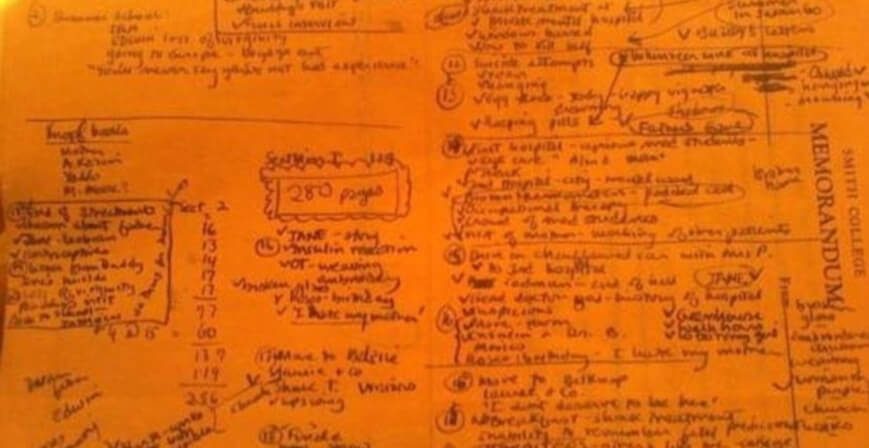Creative Writing Teacher Wanted
Why do students struggle with creative writing?
Students mistakenly feel they need to be the next Zadie Smith or Jonathan Franzen when they write creatives. This is not the case. Having such expectations about your creative writing will set yourself up to fail. Remember, creatives aren't tasks set to filter out the next great writer, they're there to assess how well you can apply the techniques, structures, and perspectives you've learned to analyse in texts.
What you need to demonstrate is an understanding of the conventions of narratives and literature.
Students often don't have structure or character development in their writing. Many students don't use literary techniques in their writing. One common problem many students face is learning how to stop "telling" and to start "showing"! In this article, we'll look at strategies and processesses to help you get started with your creative and then refine it for submission.
In this article we discuss:
- What is a Creative?
- What the Markers are Looking For
- How Do I Start my Creative?
- Planning your Creative
- Writing your Creative
- Getting Feedback on Your Creative
- Redrafting your Creative
- Further Reading
What is a creative?
A creative is a piece of writing that is not a critical non-fiction piece. For Stage 6, creatives can take many forms:
- Students can write (or be asked to write) stories, poems, short one-act plays, or newspaper articles.
- Students can write from a variety of different perspectives or in a plethora of different genres.
The purpose of the creative is to assess the student's understanding of their chosen form and genre. The creative tasks that students are set will reflect the modules that they are studying in class.
Students can be asked to produce a creative for any of the Stage 6 Preliminary or HSC Modules.
But why do students need to write creatives? Because students have spent much of high school learning how to analyse narratives, their structures, and their use of techniques, creatives are an opportunity for students to flex their creative muscles and apply this knowledge and analysis to their own work.
Will I have to write a creative for an exam?
Yes. In exams, students will be given a stimulus to respond to. Currently, in Year 12, most students will compose several creatives and memorise them before moulding them to the stimulus they receive in the exam. This means that they must incorporate the idea the stimulus embodies into the narrative they have written. However, with the new HSC Syllabus being rolled out in 2019 the nature of the creative task will change significantly and students won't be able to memorise their creatives. They will need to produce a creative piece of writing on the spot.
What the markers are looking for
Markers are looking for specific criteria when they assess a student's creative piece. For starters they want you to represent things rather than explain them.
"Show, don't tell" is a comment most students recieve.
But how do you do that, really? You need to think about how to convey the ideas so that the reader can picture it themselves. To do this effectively you need to make sure you're including the right parts in your creatives. Markers want to see:
- Narrative structure – does the student apply conventions of structure to their writing?
- Plot – Does the narrative have a developed plot?
- Characterisation – Are the characters developed and more than one-dimensional?
- Techniques – Has the student utilised literary and poetic techniques to represent meaning in their texts?
- Module – Does the creative convey the module concerns?
- Stimulus – Does the narrative incorporate a thematic connection to the stimulus?

How do I start?
You have to write! Producing a narrative that addresses what markers look for is not going to happen the first time you sit down to write.
Good creatives are the outcome of continuous writing and drafting. The principles that apply to creative writing are similar to those of essay writing.
Firstly, it's really important that you write. It is easy to overthink a creative and not put your ideas down on paper. You mustn't let writer's block win! You must take your ideas and set them down in complete first drafts.
First drafts can be terrible, that's why they are called drafts.
But even terrible first drafts give you something to develop and revise. To get to the point where you can start developing characters, plots, structure, and connections to modules, you need to finish a draft first.
How is writing the first part of the process?
It may sound counterintuitive, but it's not. Writing will help you get your ideas out of your head and onto paper. The more you write, the more creative you become. Creativity is a muscle that needs to be trained, you're not born with imagination you have to work to develop it. Writing regularly is a part of this development.
The common process for effective creative writing that we've refined by helping hundreds of Matrix students each term looks like this:

Flowchart: A step-by-step process for writing and planning a creative
Planning your creative
The first thing you need to do when you go to write a creative is sketch out roughly what will happen in the narrative. This could be a few notes on a page, a mind-map, or something more detailed. The purpose of a plan is to give yourself a rough structure to work towards. This will help you develop characters, plot, and structure.
Some writers prefer to plot everything down in advance, others like to produce some fragments or a first draft, and then produce a plan to further develop their creative piece.
Below are a couple of plans for famous narratives that should give you an idea of how other writers structure and plan their texts:

Joseph Heller wrote a detailed plan for his critically acclaimed novel "Catch-22" (Source: Daily Mail)

JK Rowling sketched out all of the books for the Harry Potter Series before writing them (Source: Daily Mail)

Sylvia Plath planned out the events of the "Bell Jar" before putting pen to paper (Source: Daily Mail)
As you can see, different authors go into different amounts of detail when planning out their stories. Your narratives will benefit from structuring around a plan. Consider using a table, such as the one below, as a way to plan a narrative:
| Act | Characters | Events | Motifs |
| Table: Sample Narrative Planner | |||
| 1 Introduction | Who are the characters? How are they introduced? | What happens? Where does it happen? | What is the connection to the module? What is the connection to the stimulus? |
| 2 Complications | What problems do they face? How do they develop? | What occurs to challenge the characters? | What is the connection to the module? What is the connection to the stimulus? |
| 3 Conclusion | How do the characters attempt to resolve their situations? What, if anything, do they learn about themselves? | What steps are taken to resolve the challenge? | What is the connection to the module? What is the connection to the stimulus? |
Once you have a plan, you must then finish the first draft.
Writing your creative
Creative writing is a complex and detailed process. Matrix English students are given step-by-step guides and tailored feedback to help them write their Band 6 creatives. If you would like to read more about creative writing, you should read How To Prepare For HSC English Advanced Paper 1: Discovery Creative. This is a step-by-step guide that will help all students write better narratives. This post also has additional tips for discussing Discovery for those sitting the 2017 and 2018 HSC.
Further reading on creative writing
If you need more help with creative writing, you should also check out our blog. We have creative writing guides and sample narratives to get you started:
- Read a Band 6 HSC Discovery Creative
- Find out how to ace the HSC Paper One Creative.
Getting feedback on your creative
Similarly to critical writing, it is imperative that you seek out feedback on your creative writing.
One of the best things about creative writing is that you don't need specialist knowledge to appraise a creative. This means that you can ask friends and family for their feedback on your writing.
Remember, critical feedback is a useful way to find out what works in your narrative and what doesn't. When you ask for feedback, try to get your critics to answer the following questions:
- Could you follow the plot?
- Are my characters fully realised?
- Does my dialogue work and sound realistic?
- Is the narrative well structured?
- What themes are in my narrative?
- What motifs can you see in my narrative?
- Is the conclusion of the narrative effective/ plausible?
Try to ask for feedback in a way that doesn't lead your critics to give answers that you want to hear.
For example, if you ask them to list the themes in the text or pick out the motifs, you will be able to see if you have presented them effectively – if your critics discuss the key theme or motif you have included you have represented it well, and if they don't then you haven't.
You need to apply this feedback to the editing process.
Back to Top
Redrafting your creative
It is important that you produce multiple drafts of your creatives. This will enable you to refine their ideas and characters for others to best enjoy them. The redrafting process for creatives is similar to critical writing. Here are some useful tips for redrafting your creative:
- Don't be attached to your first draft. It introduced your ideas, but you can always rewrite it from scratch.
- First drafts are rarely good. They are the first stepping stone towards good narratives.
- Always read a narrative through before editing it.
- Be willing to redraft multiple times when writing a creative.
- Get as much critical feedback as possible.
- Don't discard previous drafts. You may want to return to earlier ideas and phrases at a later time to reincorporate them into your narrative. You can't do this is if it is in the virtual, or actual, bin.
Now you know how to read texts, write essays, write creatives, proof your work, and edit it, now you need to know how to produce an imaginative recreation.
Struggling with your creative writing task?
Learn how to develop characters and plots. Matrix English courses teach essential creative skills with step-by-step guidance. Learn more about Matrix English courses:
- Year 11 English Course in October: How To Be a Better Writer
- Year 12 English Course in January: The Craft of Writing (Module C)

© Matrix Education and www.matrix.edu.au, 2021. Unauthorised use and/or duplication of this material without express and written permission from this site's author and/or owner is strictly prohibited. Excerpts and links may be used, provided that full and clear credit is given to Matrix Education and www.matrix.edu.au with appropriate and specific direction to the original content.
Creative Writing Teacher Wanted
Source: https://www.matrix.edu.au/beginners-guide-to-acing-hsc-english/writing-creatives/
0 Response to "Creative Writing Teacher Wanted"
Post a Comment